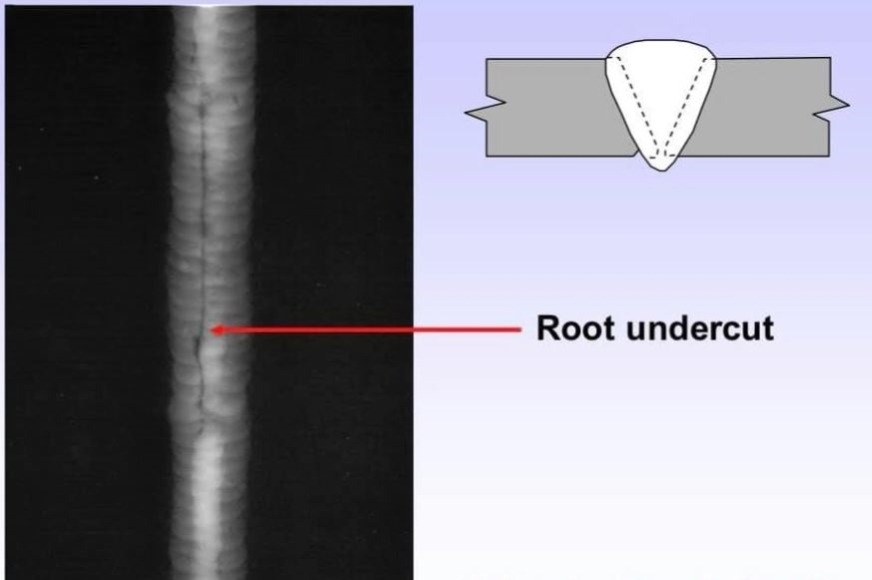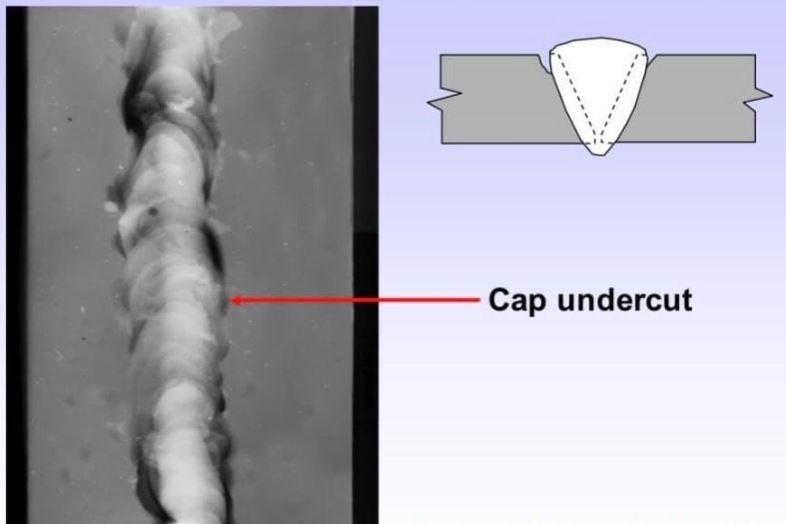Finest Practices for Preventing Weld Undercut: Grasping the Fundamentals
Finest Practices for Preventing Weld Undercut: Grasping the Fundamentals
Blog Article
Grasping the Art of Welding: Just How to Prevent Undercut Welding Issues for Flawless Manufacture Outcomes
Performance and accuracy are critical in the world of welding, where even the tiniest flaw can jeopardize the structural stability of a produced item. One common obstacle that welders face is damaging, a defect that can deteriorate a weld joint and lead to expensive rework. By recognizing the origin causes of undercut welding and executing reliable methods to stop it, welders can elevate their craft to new degrees of quality (Preventing weld undercut). In the pursuit of flawless fabrication outcomes, understanding the art of welding to prevent undercut issues is not simply an ability however a need for those pursuing perfection in their job.
Comprehending Undercut Welding

To protect against undercut welding, welders ought to guarantee proper welding criteria, such as adjusting the present, voltage, traveling rate, and keeping the right electrode angle. By understanding the reasons of undercut welding and applying precautionary measures, welders can accomplish top quality, structurally audio welds.
Root Causes Of Undercut in Welding
Comprehending the aspects that contribute to damage in welding is crucial for welders to produce high-quality, structurally audio welds. Inadequate welding inaccurate or existing welding rate can additionally add to undercut. Recognizing these reasons and applying proper welding methods can aid avoid damaging concerns, ensuring strong and sturdy welds.
Methods to stop Undercutting

To reduce the risk of undercutting in welding, welders can utilize critical welding techniques aimed at enhancing the high quality and honesty of the weld joints. One reliable approach is to adjust the welding parameters, such as voltage, current, and travel speed, to guarantee appropriate warm input and deposition. Preserving an appropriate electrode angle and making certain regular traveling rate can additionally aid protect against undercut. visit the website In addition, using the correct welding technique for the specific joint configuration, such as weave or stringer grains, can add to lowering damaging. Preventing weld undercut.
Employing back-step welding methods and regulating the weld bead account can also help distribute warmth evenly and lessen the risk of undercut. Routine examination of the weld joint during and after welding, as well as carrying out quality assurance procedures, can assist in dealing with and identifying undercutting problems immediately.
Importance of Proper Welding Specifications
Picking and maintaining suitable welding specifications is crucial for achieving successful welds with very little flaws. Welding criteria describe variables such as voltage, current, travel speed, electrode angle, and protecting gas flow rate that straight influence the welding procedure. These criteria must be carefully changed based on the type of material being welded, its density, and the welding method employed.
Correct welding criteria make certain the best amount of warmth is related to melt the base steels and filler product evenly. If the criteria are established also high, it can lead to excessive heat input, causing spatter, distortion, or burn-through. On the various other hand, if the criteria are also reduced, incomplete combination, lack of infiltration, or damaging might happen.
Quality Assurance in Welding Procedures

Verdict
In final thought, understanding the art of welding requires an extensive understanding of undercut welding, its causes, and strategies to avoid it. By guaranteeing correct welding specifications and executing quality guarantee practices, remarkable manufacture outcomes can be achieved. It is crucial for welders to constantly strive for quality in visit our website their welding operations to stay clear of undercut problems and generate premium welds.
Undercut welding, a common flaw in welding processes, happens when the weld metal doesn't properly fill up the groove and leaves a groove or depression along the welded joint.To protect against undercut welding, welders must make certain proper welding criteria, such as adjusting the existing, voltage, travel speed, and keeping the correct electrode angle. Insufficient welding current or inaccurate welding speed can additionally add to undercut.To alleviate the threat of damaging in welding, welders can use strategic welding methods aimed at enhancing the high quality and stability of the weld joints.In conclusion, mastering the art of welding needs a comprehensive understanding of undercut welding, its reasons, and techniques to prevent it.
Report this page